The history of the Dominican Republic is marked by a complex interplay of political, economic, and social factors, along with significant developments in transportation.
Vectormap.Net provide you with the most accurate and up-to-date vector maps in Adobe Illustrator, PDF and other formats, designed for editing and printing. Please read the vector map descriptions carefully.
Here is a detailed overview:
Political History:
Pre-Columbian Era:
- The island of Hispaniola, where the Dominican Republic is located, was inhabited by the Taino people when Christopher Columbus arrived in 1492.
- Spanish colonization began, and the island became a Spanish colony, with Santo Domingo established as the first European settlement in the Americas.
Spanish Rule and Independence:
- The Dominican Republic was under Spanish rule for several centuries, facing periods of prosperity and instability.
- The Haitian Revolution (1791-1804) led to the establishment of the Republic of Spanish Haiti in 1821, but it was short-lived as the eastern part of the island declared independence as the Dominican Republic in 1844.
Periods of Instability and Foreign Interventions:
- The Dominican Republic experienced political unrest and numerous changes in leadership during the 19th and early 20th centuries.
- It faced interventions from foreign powers, including the United States, which occupied the country several times during the early 20th century.
Trujillo Era:
- Rafael Trujillo, a military officer, came to power in 1930 and established a dictatorship that lasted until his assassination in 1961.
- The Trujillo regime was marked by political repression, human rights abuses, and a cult of personality around the leader.
Democratic Transitions and Economic Challenges:
- After Trujillo’s death, the Dominican Republic underwent periods of political transition and instability.
- Economic challenges, including high levels of debt and inflation, plagued the country throughout the latter half of the 20th century.
Modern Era:
- The Dominican Republic transitioned to a more stable democratic system in the latter part of the 20th century.
- Economic reforms and efforts to attract foreign investment contributed to the country’s economic growth.
Transportation History:
Colonial Period:
- The Spanish established a system of roads, including the Camino Real, connecting Santo Domingo with other parts of the colony.
- Ports played a crucial role in facilitating trade with Europe.
19th Century:
- The construction of railways began in the 19th century to facilitate the transport of goods, especially sugar.
- Steamships became essential for connecting the Dominican Republic to the rest of the world.
20th Century:
- The introduction of automobiles and improved road infrastructure became significant in the early 20th century.
- Air transportation gained prominence, with the construction of airports facilitating domestic and international travel.
Modern Transportation:
- Today, the Dominican Republic has a well-developed transportation infrastructure, including a network of highways, airports, and seaports.
- Tourism plays a crucial role, with airports and resorts contributing to economic development.
Challenges and Opportunities:
- The Dominican Republic continues to face challenges such as traffic congestion, infrastructure maintenance, and environmental concerns.
- Ongoing efforts focus on sustainable development and modernization of transportation systems.
In summary, the political history of the Dominican Republic reflects a complex journey from colonial rule to a democratic system, marked by periods of instability and foreign interventions. The transportation history parallels this narrative, evolving from colonial-era roads and ports to a modern infrastructure supporting economic growth and tourism.

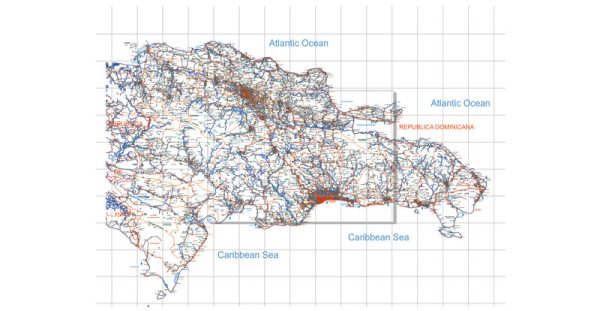
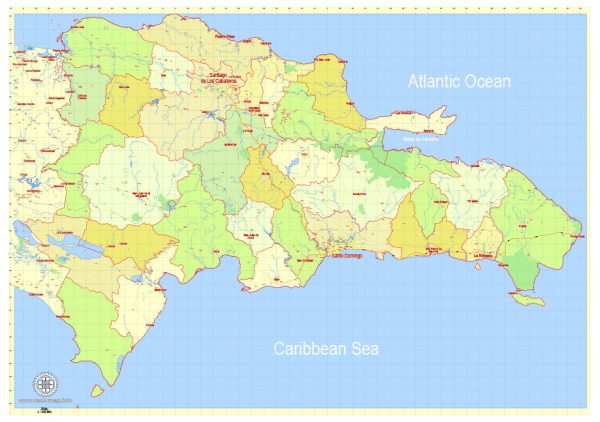
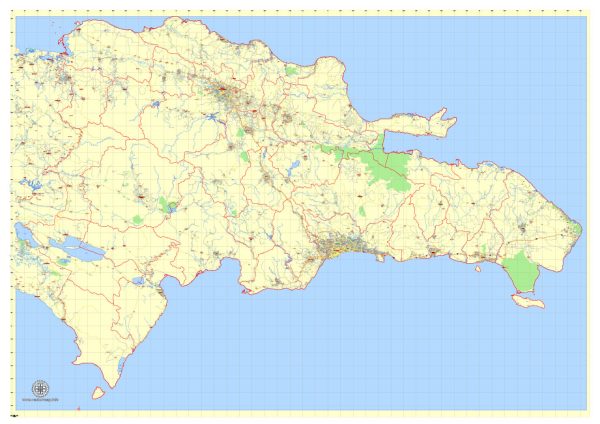
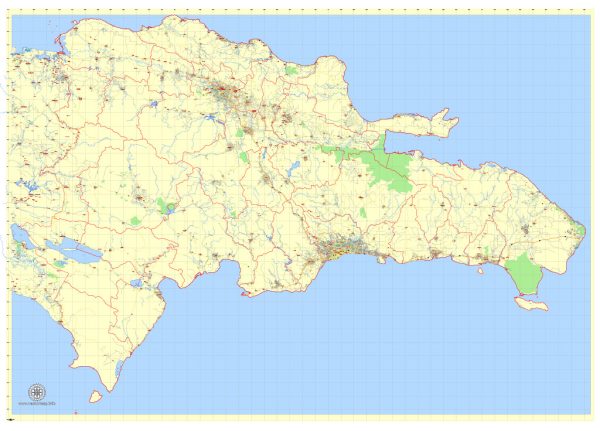
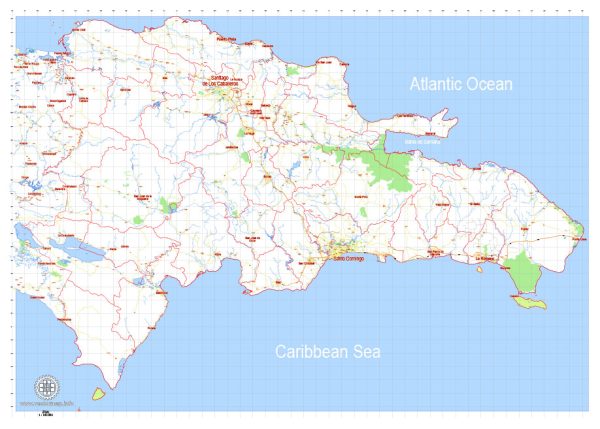
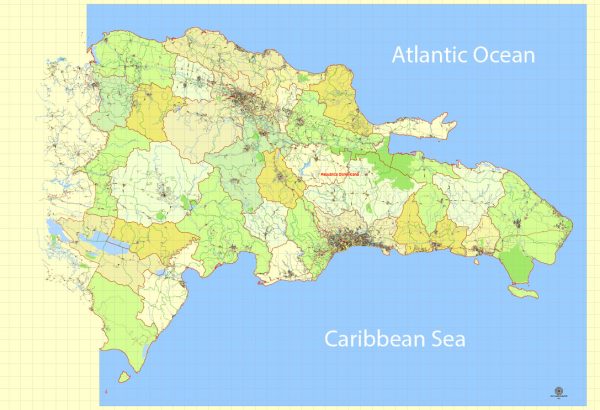
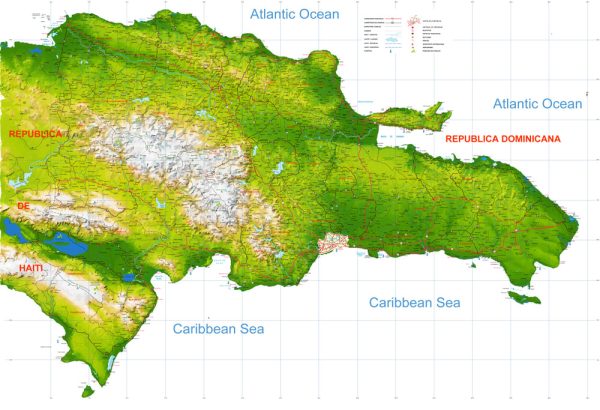
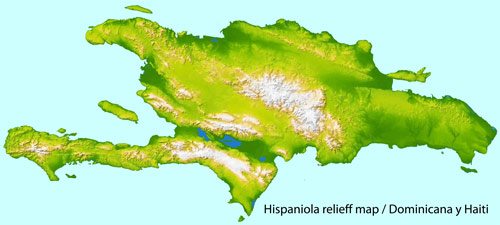
 Author: Kirill Shrayber, Ph.D.
Author: Kirill Shrayber, Ph.D.